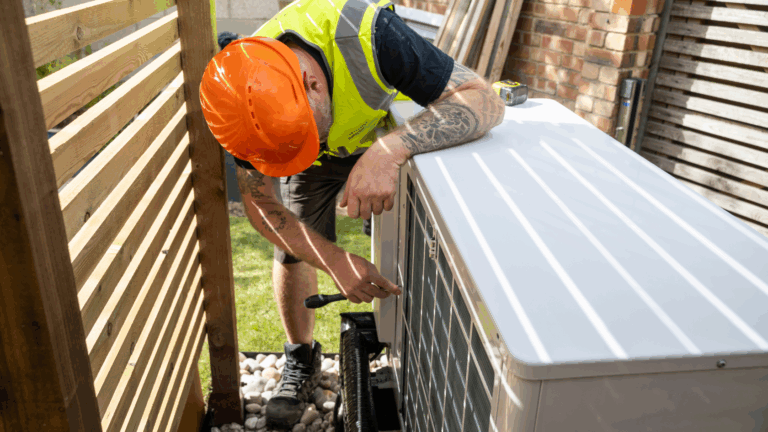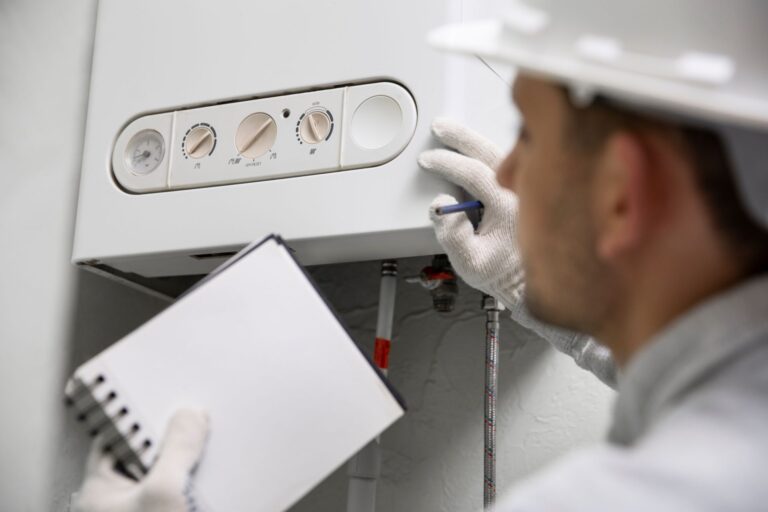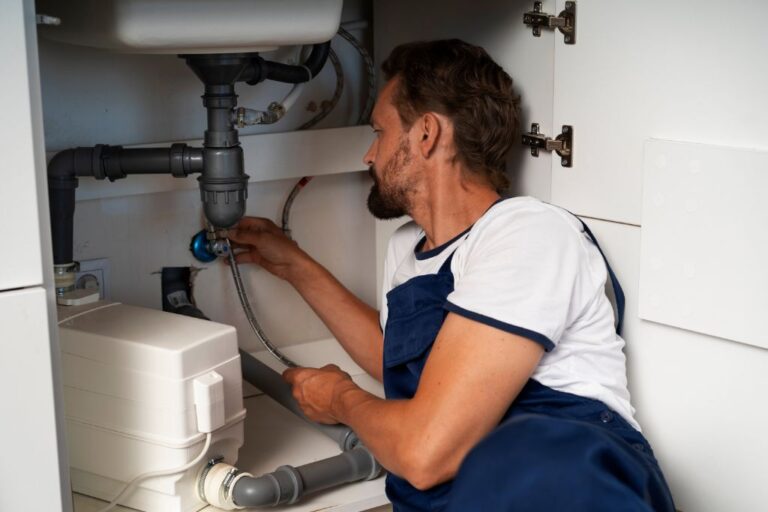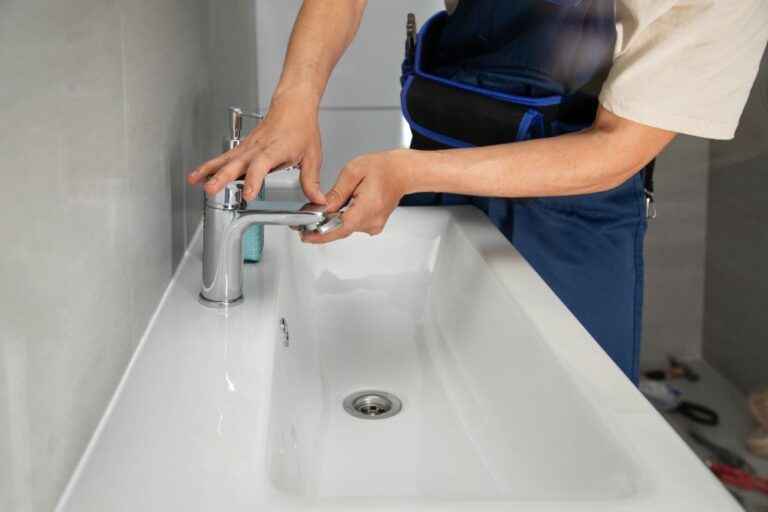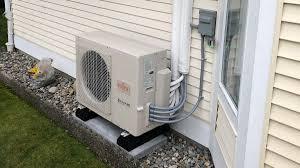As the temperatures drop and winter sets in, your home’s heating system becomes one of your most important lines of defense against the cold. A reliable heater doesn’t just keep you warm, it also ensures your indoor air quality remains healthy and your energy bills stay manageable.
But if your heating system isn’t performing like it used to, maybe it’s taking longer to heat your home, making strange noises, or requiring frequent repairs you might start wondering whether it’s time to stop fixing and start fresh.
Knowing when to replace an aging or inefficient heating system isn’t always easy, but making the switch at the right time can save you money in the long run, improve your home comfort, and even reduce safety risks.
So, how do you know when a repair just isn’t worth it anymore? Here are the top signs it might be time for a full heating system replacement.
Signs Your Heating System May Need Replacement
Over time, even the best heating systems lose efficiency and reliability. While regular maintenance can extend the life of your unit, there comes a point when replacement is more cost-effective than continued repairs. Here are some common signs that your heating system may be nearing the end of its lifespan:
1. Your System Is 15–20 Years Old: Most furnaces and boilers are built to last between 15 and 20 years. If your system is approaching or beyond that range, it’s likely operating with outdated technology and reduced efficiency. If your system is approaching or beyond that range, it’s likely operating with outdated technology and reduced efficiency. Upgrading to a modern unit can provide better comfort and lower energy bills.
2. Frequent and Costly Repairs: If you’ve had to call for service multiple times in the past two winters, or your repair bills are adding up to more than 50% of the cost of a new unit, replacement may be the smarter choice. Constant breakdowns are not only frustrating but also a warning sign of bigger failures ahead.
3. Rising Energy Bills: An increase in your heating costs without a change in usage, may mean your system is losing efficiency. Older units must work harder to produce the same level of warmth, using more energy in the process.
4. Uneven Heating or Cold Spots: If some rooms are too hot while others remain chilly, your system may be struggling to distribute heat evenly. This could point to failing components, duct issues, or a system that’s no longer properly sized for your home’s needs.
5. Strange Noises or Odors: Clanking, banging, buzzing, or rattling sounds can indicate mechanical issues, while musty or burning smells might suggest mold, dust buildup, or electrical problems. These are red flags that shouldn’t be ignored.
6. Yellow or Flickering Burner Flame (Gas Systems): A healthy gas furnace should have a steady blue flame. A yellow or flickering flame could indicate incomplete combustion and the presence of carbon monoxide a serious safety hazard. In such cases, shut down the system immediately and contact a professional.
7. Your Home’s Air Quality Has Declined: Older systems may circulate more dust, allergens, and dry air throughout your home, especially if they’re not filtering or humidifying effectively. If you’ve noticed more allergy symptoms, dry skin, or dust buildup, your heating system could be the culprit.
8. Your Thermostat Never Seems to Hit the Right Temperature: If you’re constantly adjusting your thermostat to stay comfortable, it may not be the thermostat’s fault. The heating system itself might be too worn out to keep up with your demands.
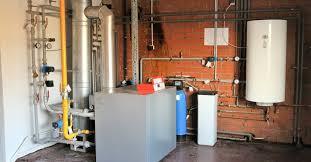
Benefits of Replacing Your Old Heating System
Investing in a new heating system may seem like a big decision, but it brings a range of long-term advantages that go beyond just staying warm. Here’s how upgrading your system can improve your home, your wallet, and your overall comfort:
- Lower Utility Bills: Modern heating systems are built with energy efficiency in mind. Whether you choose a high-efficiency furnace or a new heat pump, today’s models use significantly less fuel or electricity to produce the same or better results. That means lower monthly utility bills and long-term savings.
- Consistent Comfort: Say goodbye to hot and cold spots or rooms that never seem to reach the right temperature. New systems are better at maintaining even heating throughout your home, providing reliable comfort in every room, especially when paired with upgraded ductwork or zoning.
- Improved Indoor Air Quality: Older systems can circulate dust, allergens, and dry air. Newer heating systems often come with advanced air filtration, humidity controls, and cleaner combustion processes. This results in fresher air, fewer allergens, and a more comfortable indoor environment for your family.
- Fewer Repairs and Service Calls: When your system is new, it’s far less likely to break down unexpectedly. You’ll save money and avoid the hassle of emergency repairs, especially during peak winter months. Many new systems also come with manufacturer warranties that cover parts and labor for added peace of mind.
- Smart Technology Compatibility: Today’s heating systems are designed to integrate with programmable and smart thermostats. These features allow you to control your heating remotely, set schedules, and optimize energy use leading to greater efficiency and convenience.
Choosing the Right Replacement System
When it’s time to replace your heating system, one size definitely does not fit all. Every home has unique needs based on its size, insulation, layout, and local climate. Selecting the right system ensures efficient performance, long-term comfort, and maximum value for your investment. Here are the key factors to consider:
1. Type of System
The first decision is which type of heating system is best suited to your home:
- Furnaces: These systems heat air and distribute it through ductwork. They’re common in homes that already have central AC.
- Boilers: These use hot water or steam to heat your home via radiators, baseboards, or radiant floor systems. Boilers tend to offer quieter, more even heat.
- Heat Pumps: A versatile, energy-efficient option that provides both heating and cooling. Ideal for moderate climates or homes focused on energy savings.
2. Fuel Source
The type of fuel your home uses or can be converted to also influences your choice:
- Natural Gas: Cost-effective and widely available in urban areas.
- Electricity: Easier to install and often used in areas without natural gas access.
- Oil: Common in older homes, especially in the Northeast.
- Heat Pumps: These run on electricity and can be paired with solar systems for even greater efficiency.
3. Efficiency Ratings
Energy efficiency is crucial for both your wallet and the environment. Look for:
- AFUE (Annual Fuel Utilization Efficiency) for furnaces and boilers. Higher AFUE means better fuel efficiency.
- ENERGY STAR® Certification, which indicates a unit meets strict efficiency and performance standards.
- SEER and HSPF Ratings if choosing a heat pump these measure seasonal efficiency for cooling and heating.
4. Proper Sizing
Bigger isn’t always better. A system that’s too large will short-cycle and waste energy, while an undersized unit will struggle to keep up, leading to discomfort and high utility bills. The best system is one that accurately sized for your home based on a professional load calculation (Manual J).
5. Compatibility with Your Home
Think about your current ductwork, space for the new system, and whether you want to add modern features like zoned heating or smart thermostats. Upgrades may require minor remodeling, which should be factored into your budget and timeline.
Call Steve & Weber Plumbing & Heating Today
If your heating system is underperforming or you’re unsure whether it’s time for a replacement, our experienced team can help. At Steve & Weber Plumbing & Heating, we offer honest advice, expert installations, and top-tier service.
Call 518-201-0948 us today to schedule an inspection or get a free quote!

